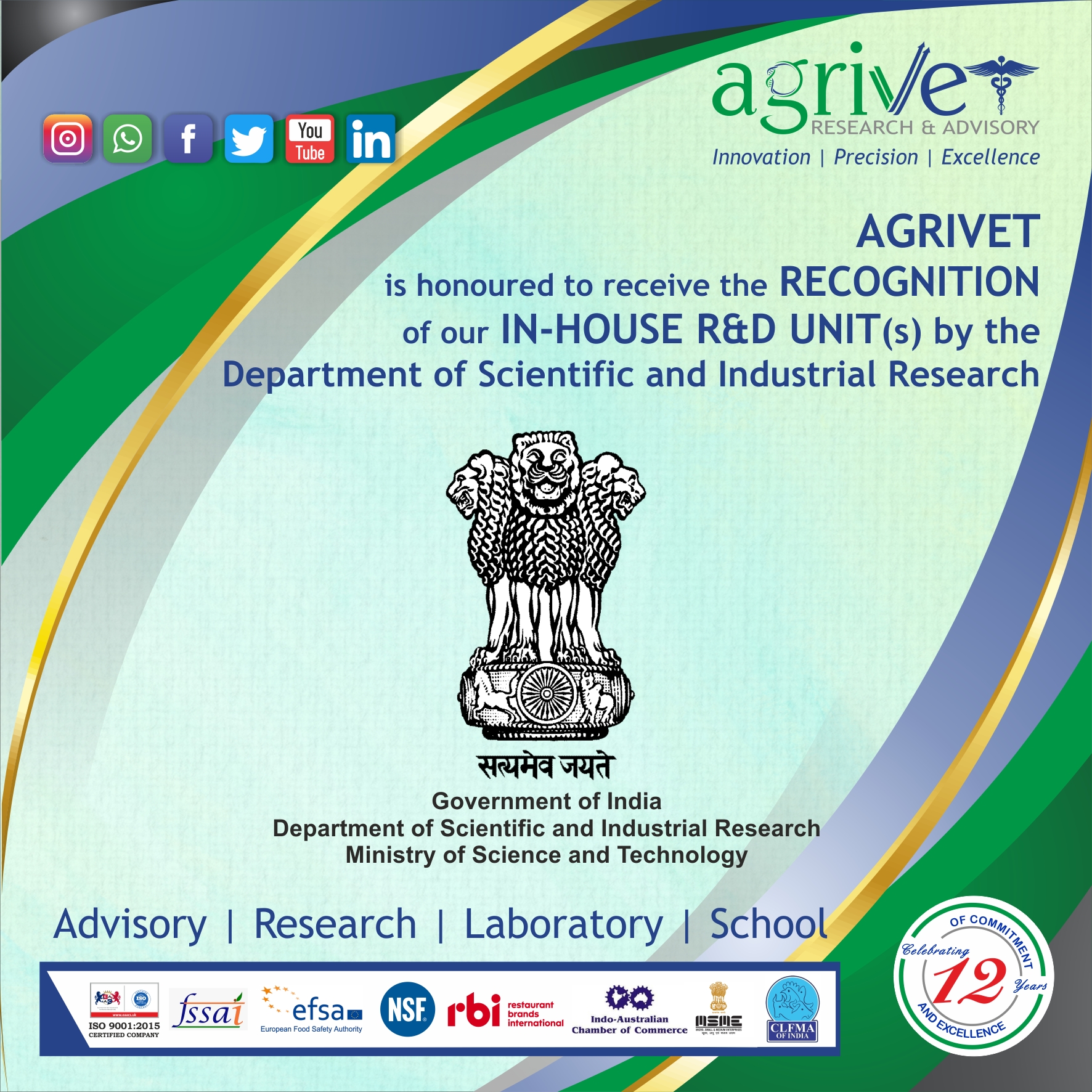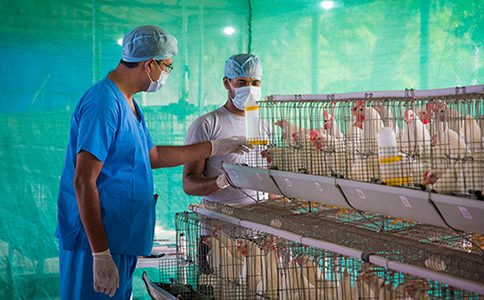

Why livestock industry of South Asia is targeted by multinationals from developed countries?
Livestock sector is an emerging segment of the expanding and diversifying agricultural sector having enormous potential to contribute to the Indian economy. Indian farmers generally maintain a mixed farming system - a combination of crop and livestock - where the output of one enterprise becomes the input of the other thus maximizing the resource utilization to the fullest extent. As a result, Indian livestock industry is growing at a Compound annual growth rate of 13%.
The demand for livestock-derived foods is growing in low- and middle-income countries, managing the associated transitions in the production of these food products emerges as a key policy debate. Strategic investments in the global livestock business offers opportunities for sustainable expansion of this sector where improved resource utilization efficiency, secured social equity, and strengthened resilience of the underlying production systems have been identified as the key elements. However, the dynamics of livestock production and consumption of LDF differ across developing regions which leads to significant heterogeneity in the opportunities and poses threats associated with expansion of the sector.
The need for setting up of an unbiased, precision livestock research facility of global standard.
The enormous heterogeneity in the opportunities notwithstanding, livestock sector has an enormous growth potential which, if tapped correctly with the possible threat points plugged in, can serve as the source of sustenance as well as profit.
Why use Agrivet Research Services?
About Agrivet Research Centre:
Located in Kolkata, India, connected globally, Agrivet is a “one-of-its-kind” Contract Research Organisation catering to the livestock industry. At Agrivet Research Center, basic and applied research is carried out for benefiting the livestock fraternity across the globe.
ACPL research facilities are systematically divided into different departments and categories. This is ideal for research planning and best representation of current animal farming in tropical countries.
The experimental station consists of two research locations both of which are just 45 minutes’ drive from the NSCBI Airport and approximately an hour driving distance from the Kolkata city centre.
The facility is equipped with state-of-the-art facilities, integrated with laboratory services. The laboratories are located at the research farm and head office.
Research facility is divided into different divisions like Poultry, Aqua and Dairy research.
 Poultry Research
Poultry Research
Commercial Broiler:
Commercial Layer:
Feed Milling:
Laboratory:
 Aqua Research
Aqua Research
 Dairy research
Dairy research
Coming soon